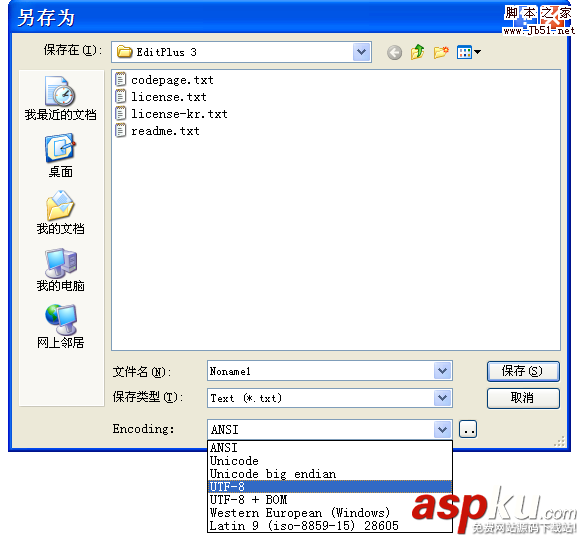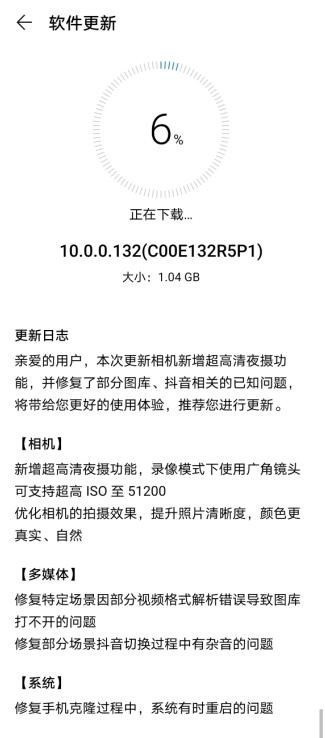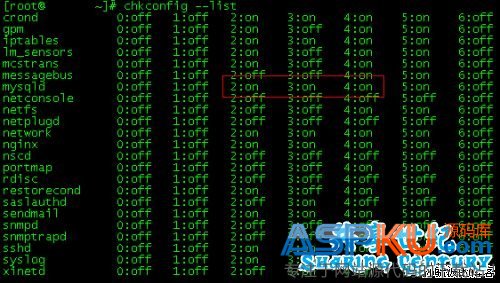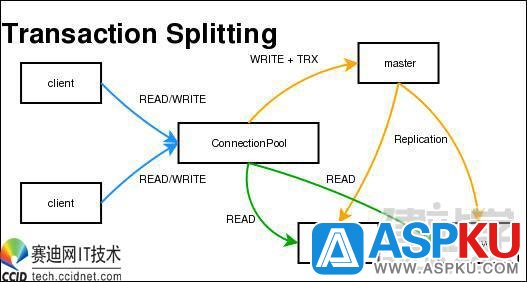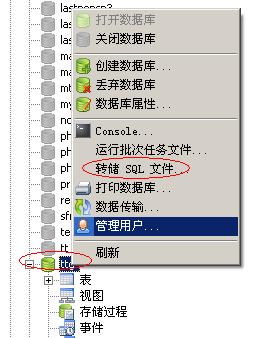1、select语句可以用回车分隔
$sql="select * from article where id=1"和$sql="select * from articlewhere id=1",都可以得到正确的结果,但有时分开写或许能更明了一点,特别是当sql语句比较长时
2、批量查询数据
可以用in来实现$sql="select * from article where id in(1,3,5)"
3、使用concat连接查询的结果
$sql="select concat(id,"-",con) as res from article where id=1"
返回"1-article content"
4、使用locate
用法:
select locate("hello","hello baby");返回1
不存在返回0
5、使用group by
以前一直没怎么搞明group by 和 order by,其实也满简单的,group by 是把相同的结果编为一组
exam:$sql="select city ,count(*) from customer group by city";
这句话的意思就是从customer表里列出所有不重复的城市,及其数量(有点类似distinct)
group by 经常与AVG(),MIN(),MAX(),SUM(),COUNT()一起使用
6、使用having
having 允许有条件地聚合数据为组
$sql="select city,count(*),min(birth_day) from customergroup by city having count(*)>10";
这句话是先按city归组,然后找出city地数量大于10的城市
btw:使用group by + having 速度有点慢
同时having子句包含的表达式必须在之前出现过
7、组合子句
where、group by、having、order by(如果这四个都要使用的话,一般按这个顺序排列)
8、使用distinct
distinct是去掉重复值用的
$sql="select distinct city from customer order by id desc";
这句话的意思就是从customer表中查询所有的不重复的city
9、使用limit
如果要显示某条记录之后的所有记录
$sql="select * from article limit 100,-1";
10、多表查询
$sql="select user_name from user u,member mwhere u.id=m.id andm.reg_date>=2006-12-28order by u.id desc"
注意:如果user和member两个标同时有user_name字段,会出现mysql错误(因为mysql不知道你到底要查询哪个表里的user_name),必须指明是哪个表的;

